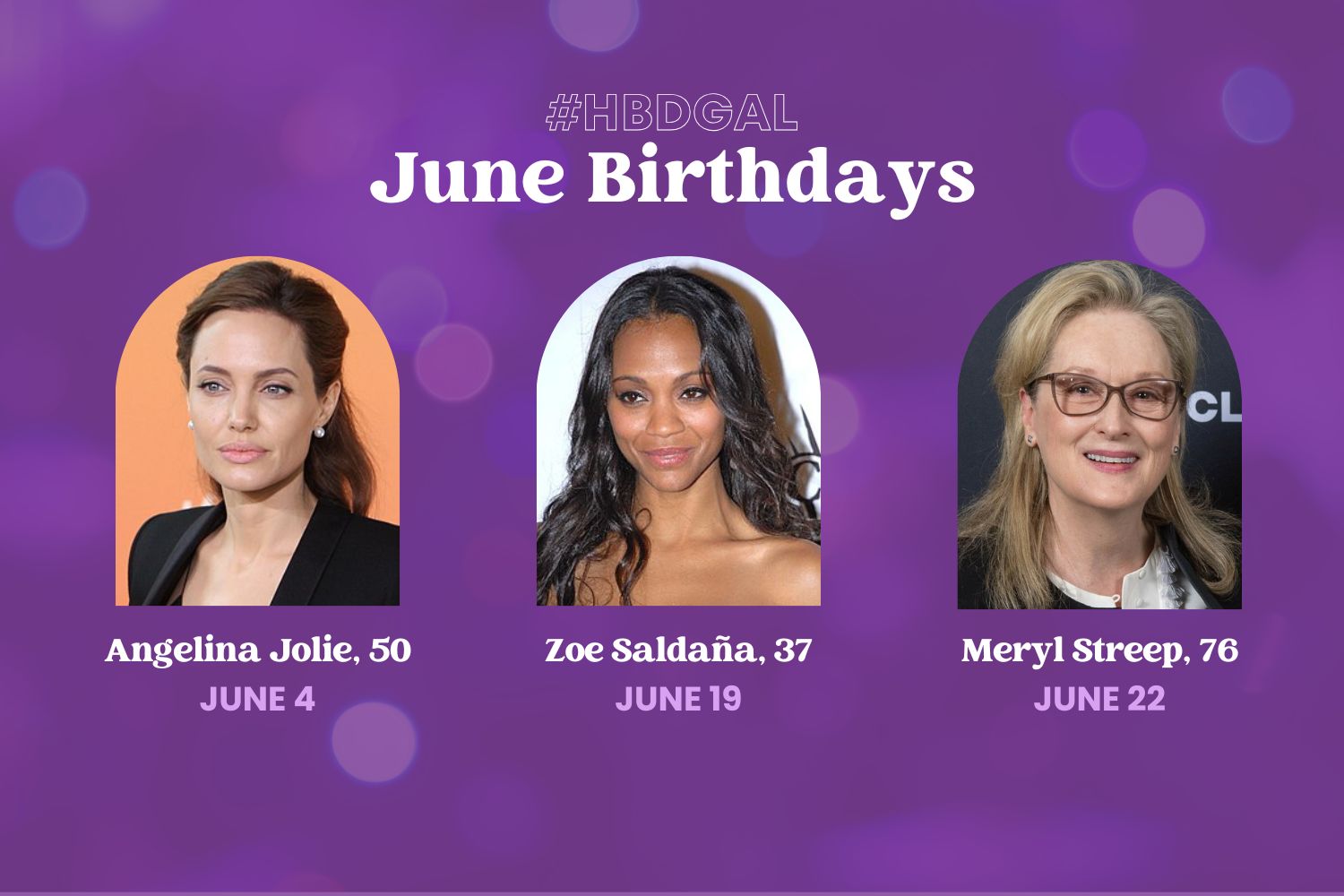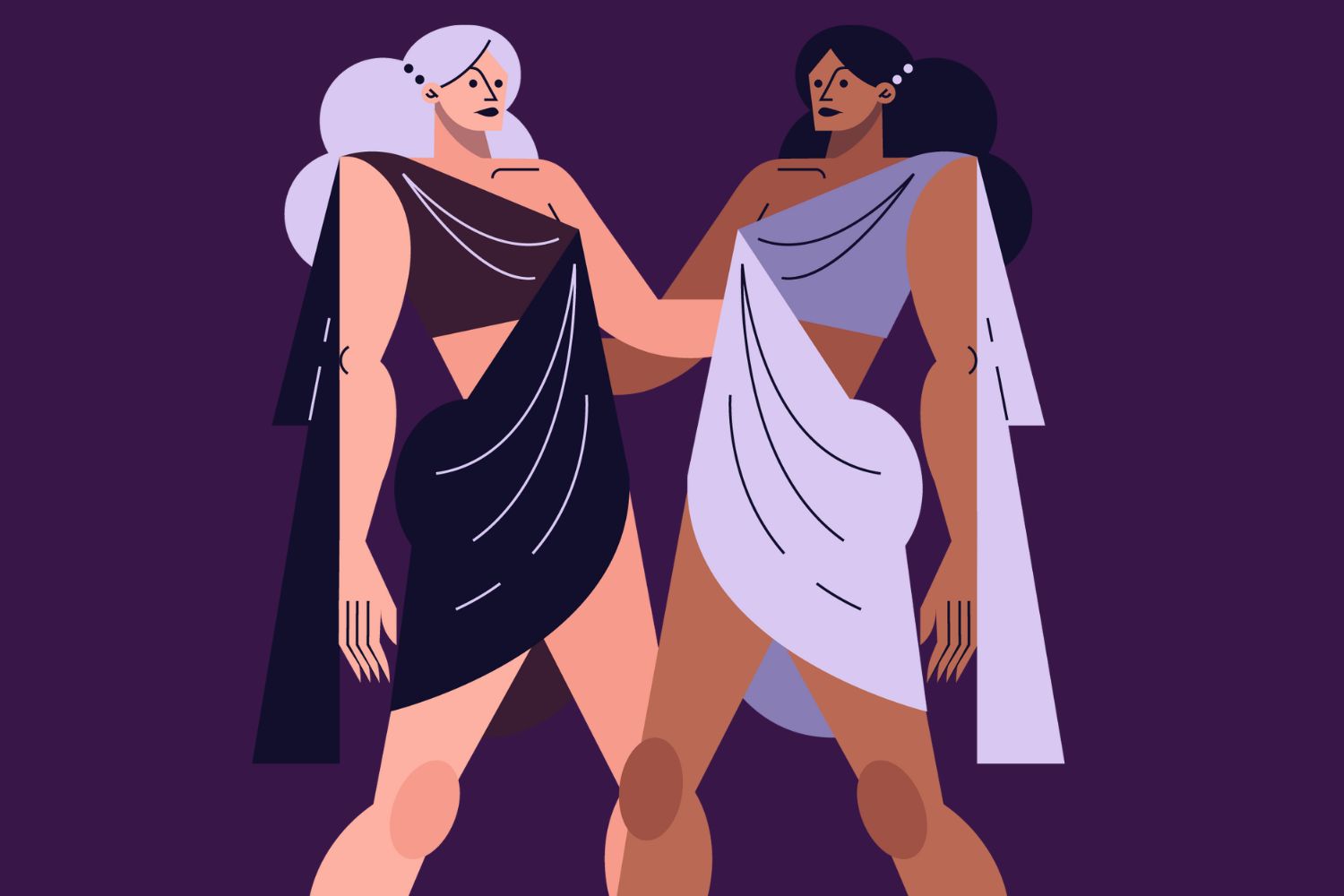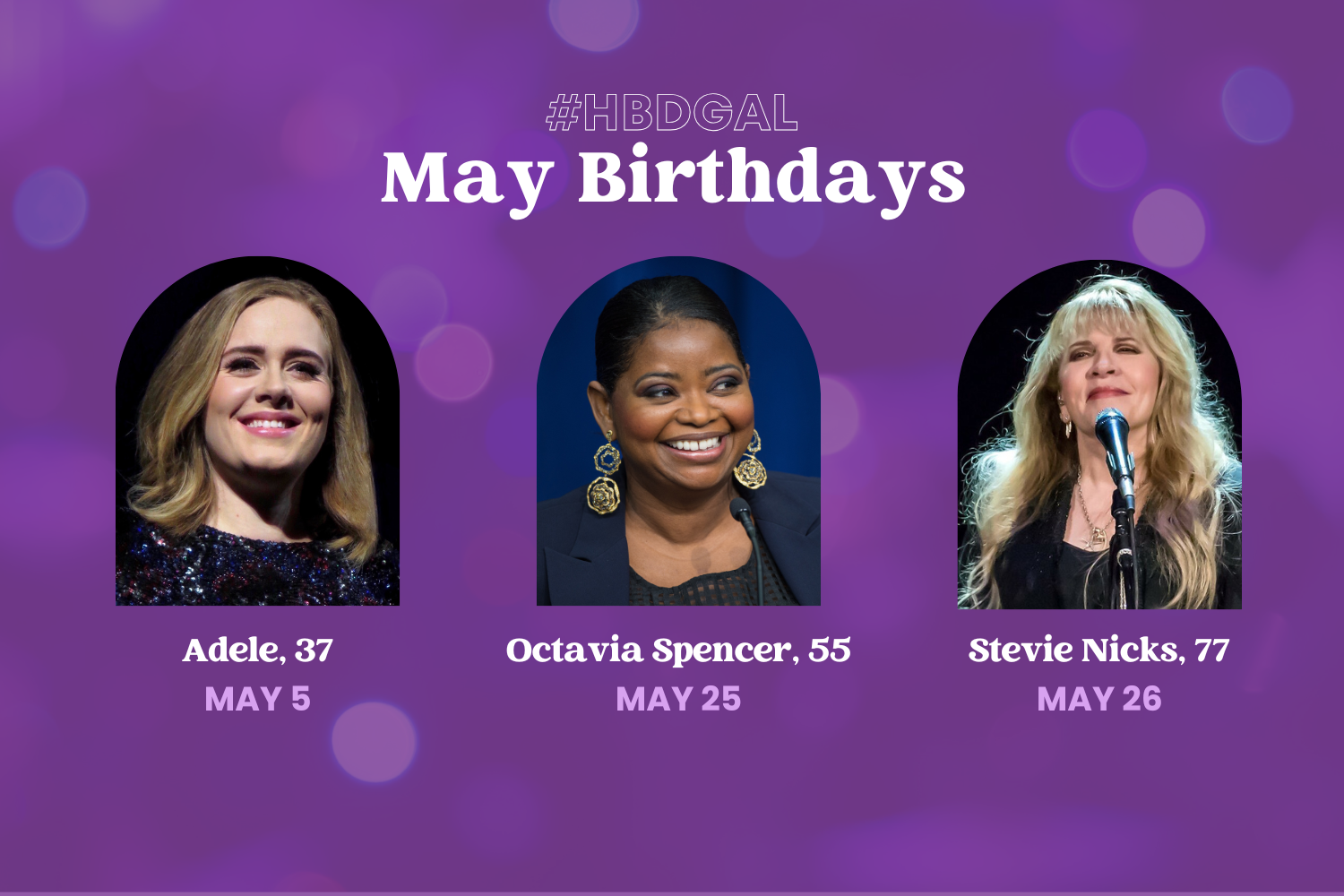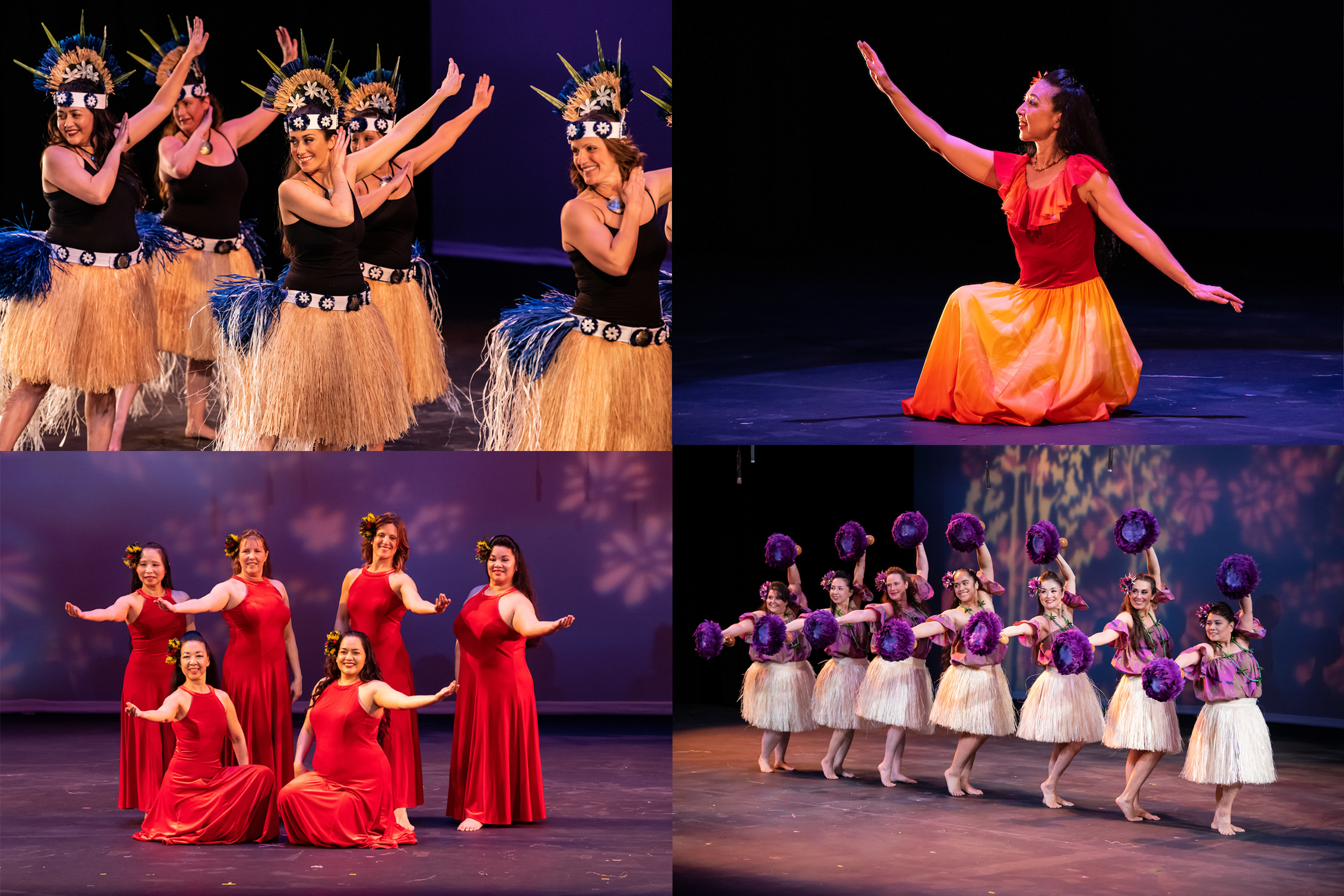
Hips don’t lie: How returning to Hawaiian hula dancing made me feel whole again in my 40s
Lisa Chang refers to the process of learning hula as a journey, with many layers that encompass the richness of Hawaiian culture. With hula, there is always more to learn, but you can start at any age. “The graceful movement, staying active, social connection and being able to share the aloha spirit has been so healing,” Lisa says about the hula experience.
As a third-generation Japanese American, Lisa (pictured in top right of above photo) often felt like an outsider while growing up in Portland, Oregon in the ’60s and ’70s. This changed in college when she made friends with Japanese students from ‘Hawai‘i who encouraged her to join them in their school’s Hawaiian Club. She found a home in her new friendships, and was soon learning hula for her first Lu‘au. After college, while working as a pharmacist in the California Bay Area, she found a new family of dancers at the hula school, Hula Halau ‘O Pi‘ilani, under the instruction of Kumu Hula Linda Pi‘ilani Danek, whom Lisa calls “Auntie Linda.” Lisa quickly advanced, assisting with teaching, dancing competitively, and winning awards.
When Lisa moved back to Portland in the mid-’90s, where she raised two children with her O‘ahu-raised husband, she received many requests to teach hula. With the blessing from Auntie Linda, Lisa started her own school, Hula Hālau ‘Ohana Holo‘oko‘a, which means “School Of Hula Where Everyone Is Family.” Lisa teaches Hula Kahiko (ancient hula) accompanied by chant and traditional instruments and Hula ‘Auana (modern hula), which tells a story through the flowing movements of limbs and hips and is usually accompanied by song and Western-influenced stringed instruments. She also teaches Tahitian dance. Having some overlap with hula, Tahitian is danced with feet closer together and is usually faster-paced with rapid hip movements to a drum beat.
Hula makes everyone family
Over the years, classes in Lisa’s home expanded to a studio and now even further via Zoom, allowing her to share the Hawaiian culture of dance, community, music and language with students of all ages and backgrounds. I first met Lisa on Zoom for a 1:1 private lesson. She’s stunning, yes, not only because she’s physically beautiful, but because she carries herself with grace and purpose. Unbelievably, she turned 60 last fall. I have to admit, lately I’ve become quite curious about people on the other side of the midlife transition, in a similar way I was fascinated with young adults before I was barely a teen. But this time, it’s not about insecurely imitating. I’m interested in meeting real people doing different and challenging things. When I see the range of variability in other lives, I end up seeing more possibilities in my own.
I quickly remembered why hula is so challenging, and so different. It’s an incredibly nuanced, complex, whole-body movement. I engaged muscles that I forgot I even had, and was surprised that such subtle body movements could elevate my heart rate.
As Lisa began going through the basic movements of hula with an effortless beauty, I followed along as I had learned decades earlier. I quickly remembered why hula is so challenging, and so different. It’s an incredibly nuanced, complex, whole-body movement. I engaged muscles that I forgot I even had, and was surprised that such subtle body movements could elevate my heart rate. The foundation of posture, foot positioning and basic hip movements is the place to start, and that alone gave an immediate payoff. I wanted to learn more.
What do I really, really want in my 40s?
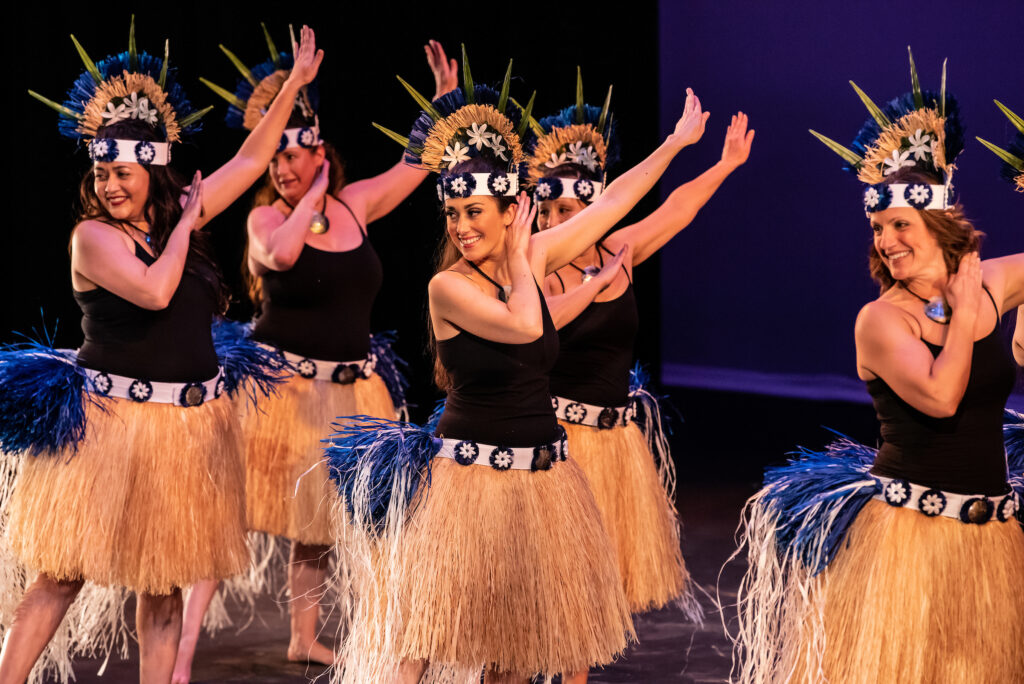
In my 40s, I’ve been thinking a lot about how I’ve moved my body in the past, and how I want to move my body now. I don’t want to stay in my old comfort zone because it’s no longer comfortable there, and maybe never even was. I need to move differently; find a new zone of comfort. My old comfort zone was wholesome – an advertised display of health and goodness. Body movement was about showing my value as defined by the social group I was in at the time. Some of it was fun, but I always felt pressure to keep up, even when I didn’t want to. I didn’t move for myself; I moved to fit in, to fulfill a role or to feel validated.
For example, as a teen in cheerleading, I chanted while making sharp, angular movements with my limbs. In poms, I formed eye-high kicks in long lines of long legs. Later, I moved to the beat at hard rock, then grunge, concerts. In Women’s Workout World health clubs, I stepped on aerobic step platforms with purple risers alongside baby boomers showing up after work in business suits and Reeboks. I followed J.Lo from her In Living Color Fly Girl days to her sexy dancing Jenny From the Block days, with an audience of a mirrored self.
In 5 a.m. fitness classes, I spun, kickboxed and pushed through H.I.I.T. alongside other slightly masochistic souls. During my baby-wearing days, I swayed back and forth endlessly, comforting myself along with my baby. I chased runaway toddlers while running a long list of errands. I pushed strollers, vacuums and overfilled shopping carts and then sometime after 40, after years of pushing myself, I slowed down – because I wanted to, because I had to, and because I was tired and was wondering: what was the point?
Now, in midlife, I want wholeness. I want to incorporate each piece of me that was into who I am now, regardless of social context. And the other thing that’s really important, I want to make space for the pieces that are to come, knowing that some of them will be things I don’t want: illness, grief, loss, more uncertainty. But by making space for them now, I can feel less anxious about whatever is to come. And within this thought process, I find myself being pulled back to Saturday mornings in the ’80s, when I first learned hula.
Back to the leg-warmer wearing ‘80s
When I was a kid, I spent some Saturday mornings sitting criss-cross on the living room floor, on avocado green carpeting, binge watching cartoons. My three brothers and I would gather around the floor model TV set, running back to the kitchen during commercials to refill our bowls with cereal, milk and sugar, accepting the substandard-ness of our Wheaties, Rice Krispies or Corn Flakes, even while we longed for the sugary brands we’d see on TV.
But those were only Saturday mornings in summers or school breaks. I spent most Saturdays at June Rold School of Dance in Des Plaines, Illinois, and that is where some of my favorite childhood memories still play in my mind. As I stood in my chalk-drawn circle, anticipation built with each rhythmic scratchy turn on the record player. Time and again, I’d wait for the music to start, wait for another chance at perfection, or at least a step closer. With each continuous beat, I saw the possibility of endlessness form in the peripheral views of an infinity mirror. My reflection felt like proof of existence.
The peaceful pink leotard and tights, leathery soft ballet slippers and shiny black tap shoes made me feel seen too, unlike how I felt in my regular clothes – hand-me-downs from the ‘70s. Rigid, polyester and scratchy, they had ragged seams and exposed elastic. In contrast, my dance clothes stretched perfectly over my growing limbs and in all directions, allowing me to move in whatever way I wanted. This felt like freedom. Every wannabe dancer felt something similar in the leg warmer-wearing ‘80s, when an exotic-dancing welder turned professional ballet dancer showed us anything is possible. And though it would be a few years before I saw the movie, Irene Cara’s “Flashdance…. What a Feeling” song, motivated us all to, “Take your passion / And make it happen.”
In the same white brick building next to the Metra train tracks, traditional dance classes were offered for the Pacific Islander Chicago community in an effort to preserve culture and develop new talent for a traveling dance troupe. As classes were open to all of Miss June’s students, I was welcomed along with students from many different backgrounds to learn their traditional dance and was honored to share in their beautiful history.
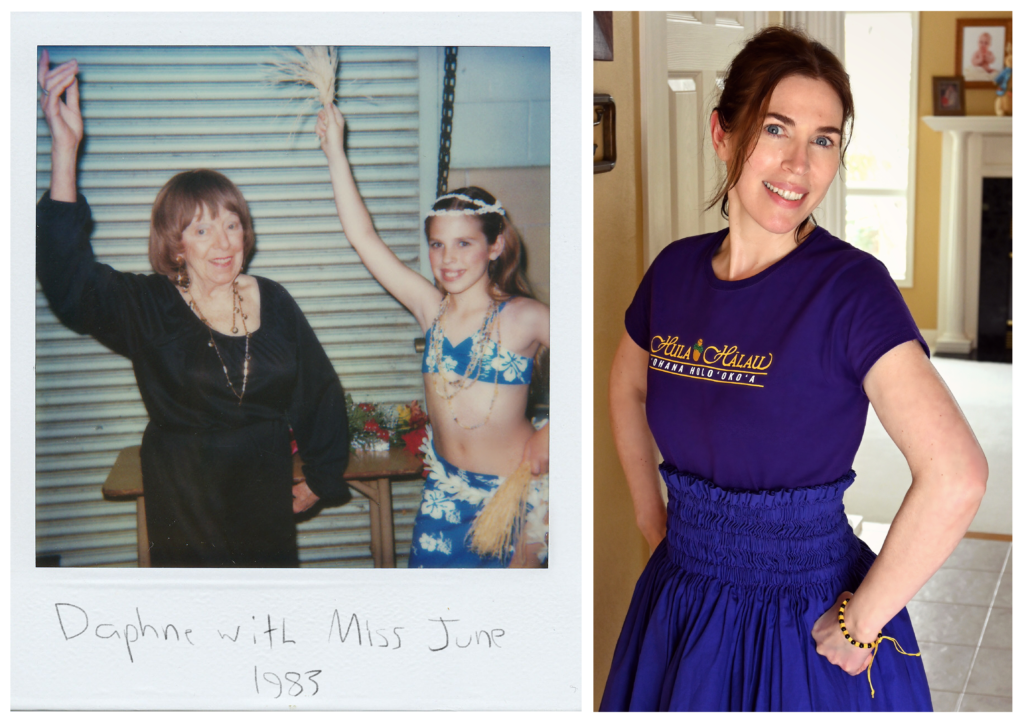
I found hula dancing to be deceptively challenging. I felt my whole body engaged when dancing: fluid hips following the feet, the arms, wrists and hands telling a story, along with the face and tilt of the head. A focused mind was needed to integrate it all. With feeling, structure and purpose, I learned how to continuously move through the fullness of each beat. And while it was called “dance” it was really a more complex art form, often using musical instruments while dancing. Each dance was a story, a piece of history. And now, decades later, I feel so grateful for those experiences.
What hula means to me is having a beautiful balanced feeling of comfort in a disciplined structure while also feeling permission to be present in myself, next to a separate self, connected through welcoming respect. And though some aspects of our culture are moving closer to that now, back then the idea that every body, every age, and every person deserved acceptance felt radical. And while I was learning to move my hips in swaying, circular and figure eight motions that seemed inherently natural and normal, I didn’t get this same message outside of dance class.
As I grew older, it seemed to me that the only people given permission to move their hips freely were the young, beautiful, super-talented, skinny and famous – and even in those cases, there was judgment. But for regular people, natural, isolated hip movements only brought shame and embarrassment. When I watched the movie Flashdance on a rented VHS tape, the takeaway message was clear: Even if you have fantastical ability as a dancer, moving your hips in natural ways will get you no respect. However, if you learn to contort your hips in the respectable dance form of ballet, then you can be a real dancer, deserving of your high society, condescending boyfriend twice your age.
Seeking wholeness in my 40-something body, I crave those symmetrical, gentle, fluid and focused body movements … And I believe hula movements will also support my older body through dynamic core work, and add flexibility in so many joints that tend to stiffen with age – hips, shoulders, hands and wrists.
(Self-imposed) barriers to action
Now, as I’m seeking wholeness in my 40-something body, I crave those symmetrical, gentle, fluid and focused body movements I learned years before. And I believe hula movements will also support my older body through dynamic core work, and add flexibility in so many joints that tend to stiffen with age – hips, shoulders, hands and wrists.
I recently joined Lisa’s online hula and Tahitian classes. Sure, I could watch some videos and try to teach myself, but I wouldn’t get the feedback (which is super important) and would miss out on the community connection, which is an integral part of hula. “One of the things we really encourage is connecting with your hula sisters/family,” Lisa says. “This may sound like a broken record, but my best advice for all women is staying active (give hula a try!), eating healthy and maintaining social connections.”
As simple as that sounds, I get why it can be so hard. I’d been thinking about getting back into hula for the past several years, but never did anything to make it happen until I pitched this story. Once I had an assignment, I felt permitted to seek out this creative pursuit. But it begs the question: Didn’t I have a reason before? And who did I need permission from, anyway?
I’m realizing that some barriers are only in my mind. Maybe I needed those barriers when I was younger, to keep me from spinning out in too many directions. But midlife is different. In his new book, The Power of Regret, bestselling author Daniel Pink explains that in midlife, regrets of inaction begin predominating over regrets of action. So I think midlife is exactly the right time to, well, “take your passion, and make it happen.”
For me, that sense of passion and connection was rooted in the hula dancing of my childhood, and practicing it again as an adult has truly cracked me open and made me feel comforted and connected.
Not everyone danced hula as a kid, but most of us have that childhood thing that brought us a sense of comfort and connection. So the question is, what’s your hula, and how can you incorporate it into your adult life, to make you feel more whole?

